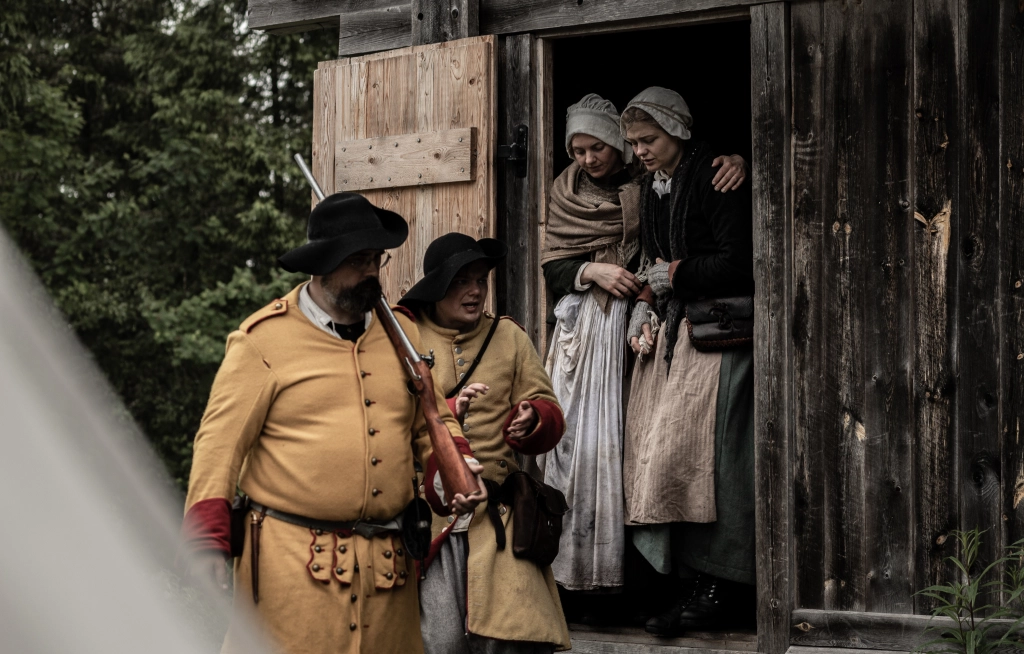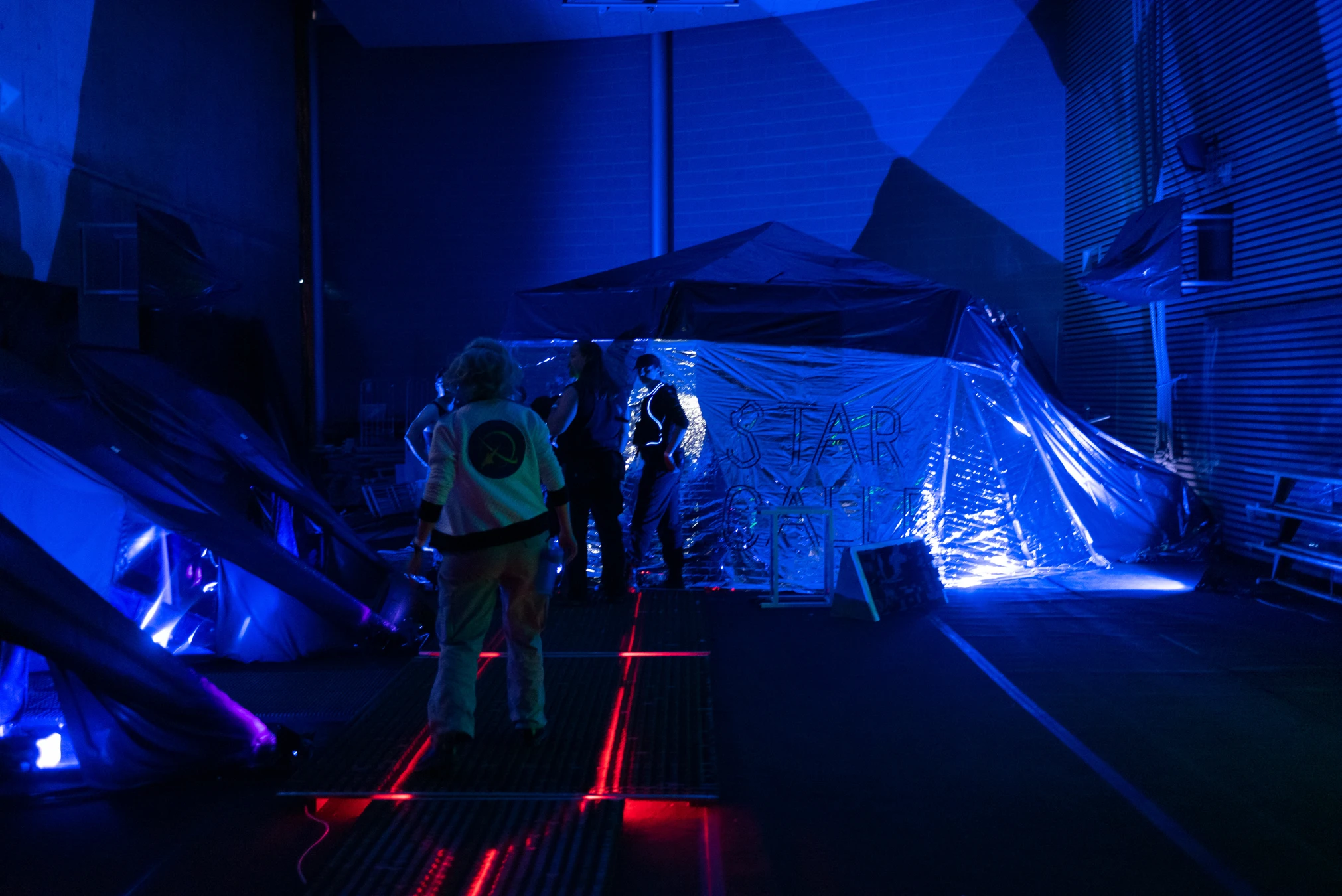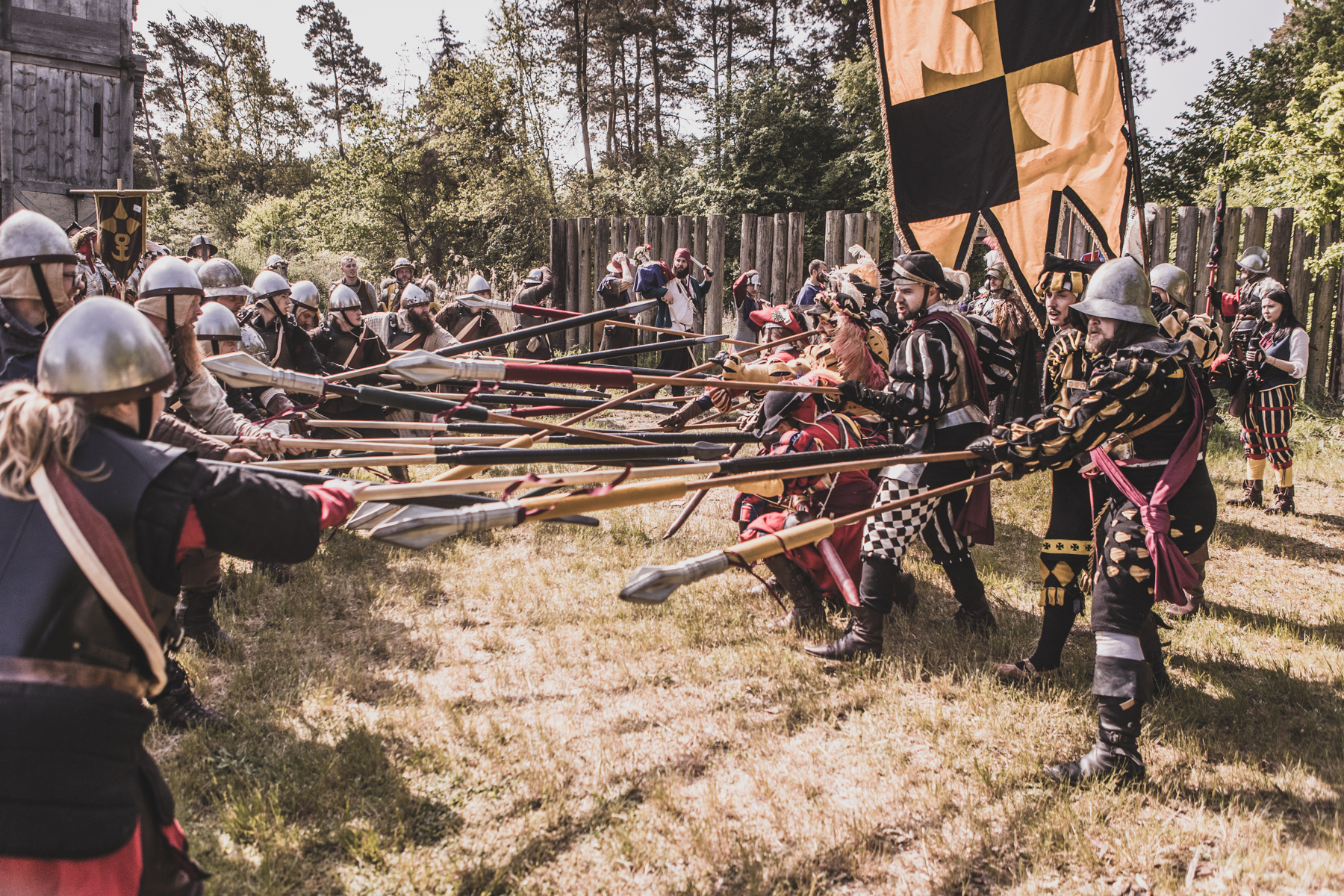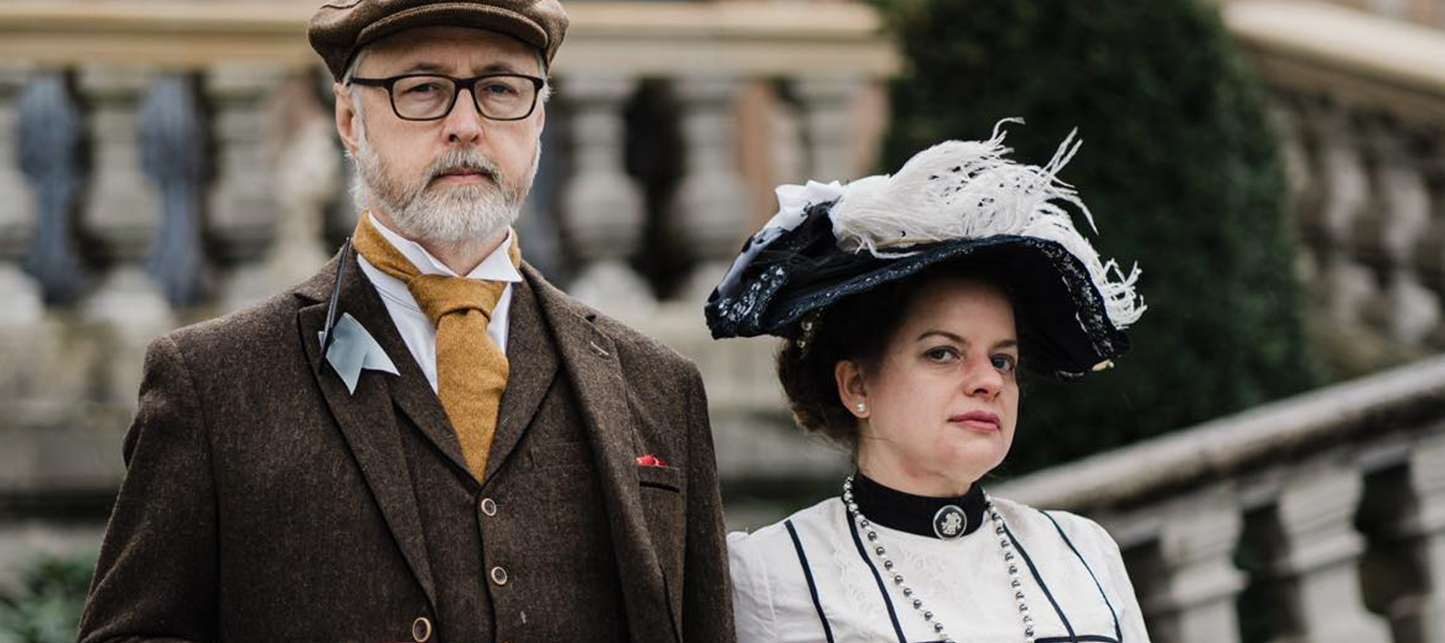Tag: Featured
-

Debauchery: Meh
in
Anyone can come up with an excuse to put a bunch of people in a house to lust after each other and call it a larp.
-

Inclusion in Larp: Between Challenge and the Experience of Limits
in
All those who are active in the field of larp, as organisers or players, have to face the fact that needs arising from diversity have to be recognised and accommodated. It is irrelevant whether a person is disabled or not: every person has needs arising from their background.
-

Good Cakes, Bad Cakes: Character and Contact Design as a Factor of Personal Game Experience
in
Compared to free player-driven contact creation, contact design by the organisers is a stronger promise to me and other players struggling with uncertainty on whether we too will be relevant and included.
-

Building Player Chemistry
in
This article By Nór Hernø, introduces a workshop tool to help build player chemistry before a larp.
-

Seeds of Hope: How to Intertwine Larp and Ecological Activism
in
What could we bring into larp from the climate crisis? And what can we take home that could have an actual influence on how we act to mitigate the disaster we are living in?
-

Snapphaneland
I’m back from waging guerrilla warfare from deep in the Swedish woods, desperately trying to keep Scania under the rightful Danish King and not the usurper Swedish crown…
-

Odysseus: In Search of a Clockwork Larp
Running a clockwork larp is a fool’s errand, because the very point of a clockwork is interdependence, and the very point of a larp is agency. The Odysseus team invested a massive amount of skilled labour to take this paradox head-on.
-

17 Years, 18 Runs, Broken Records – Why Krigslive Just Won’t Quit
An account of the long-established Danish battle larp Krigslive, including thoughts about the most recent and largest-ever event.

